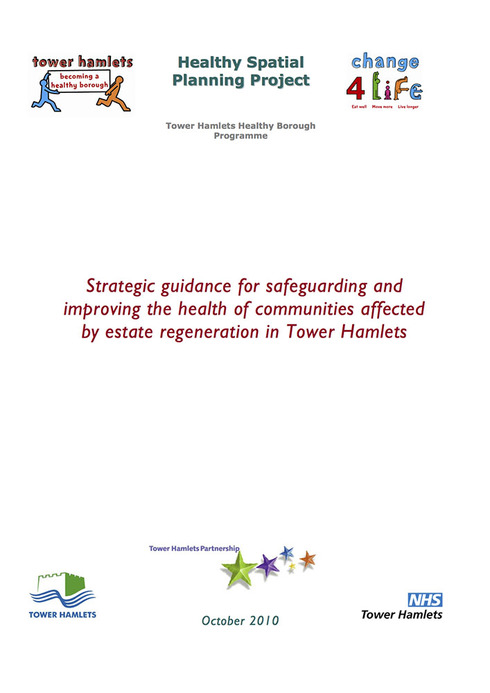
p.12
Table 2 The associations between housing and health
Flat dwelling/high-rise dwelling - Linked to social isolation, crime, reduced privacy and opportunities for physical activity/play with impacts on social, physical and mental health.
5.1 BEFORE THE WORKS
This is the period when residents are informed about improvement plans. It is a time of anticipation, delay and worry. The resident maybe living in a poor physical environment that may be cold, damp and unsafe; they may be disabled and awaiting housing adaptations. The resident may be offered choices about the design of fixtures and fittings and be consulted about other potential home improvements.
Whole house and high-rise refurbishments typically involve relocation of existing residents during the period of improvements (decanting). Relocation can either be temporary, while homes are refurbished, or permanent. Relocation may be voluntary or compulsory. Residents moved to unfamiliar locations with unfamiliar neighbours can contribute towards anxiety, uncertainty and fear. Compulsory relocation has potentially far greater negative health impacts.
Residential relocation process